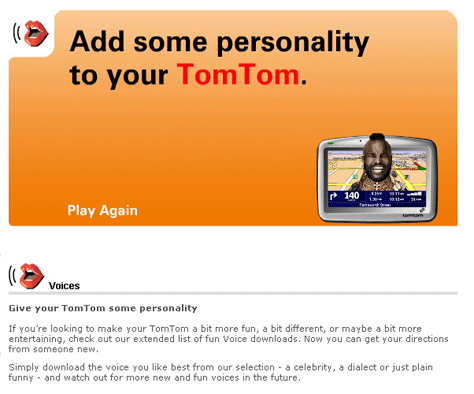Challenge: Overcoming Negative Perceptions of the VUI
VUI designers have a special challenge to overcome—thanks to the common, and often poorly designed, customer service IVR. Many people have had bad experiences with IVRs, such as the following:
- feeling forced to use an IVR for an issue a live person should more appropriately handle
- having a speech-recognition IVR—that is supposed to understand users’ speech—not be able to understood or hear what they were saying
- getting lost in a menu system
- becoming caught in an endless loop
- having to listen to marketing messages while trying to use an IVR
- experiencing problems with the voice of the IVR system, such as its speaking too fast or having an inappropriate tone
People have also used IVRs in the context of performing mundane tasks or resolving inconvenient problems. Therefore, users’ feelings toward these tasks have become associated with the voice user interface. In our testing of IVRs with users, we have rarely seen a user rate a customer service IVR as better than satisfactory. Most people simply are not excited about using IVRs, and many people even hate them.
Although these negative perceptions of VUIs pose a challenge, we are confident designers can overcome them. A mobile VUI is useful for many situations beyond customer service—such as when traveling or doing field work. To get or provide information quickly and easily on the go, it’s often easier to say a command than type using a mobile keypad or use a small GUI. For instance, AT&T Labs has prototyped voice-controlled applications that use AT&T Watson Speech Recognition technology. One recently released application is a voice-enabled Yellow Pages.com mobile Web site for the iPhone and BlackBerry. Simply by speaking, users can now enter search criteria.
We think VUI options for mobile applications will only increase as the technology continues to improve. In addition to being useful in diverse situations, mobile phone user interfaces include a visual component that greatly reduces the usability drawbacks of voice-only user interfaces—such as getting lost. Finally, to improve user perceptions of VUIs, their designers can pay better heed to emotional factors in the design of any VUI voice, whether for a mobile mashup or a classic IVR.



